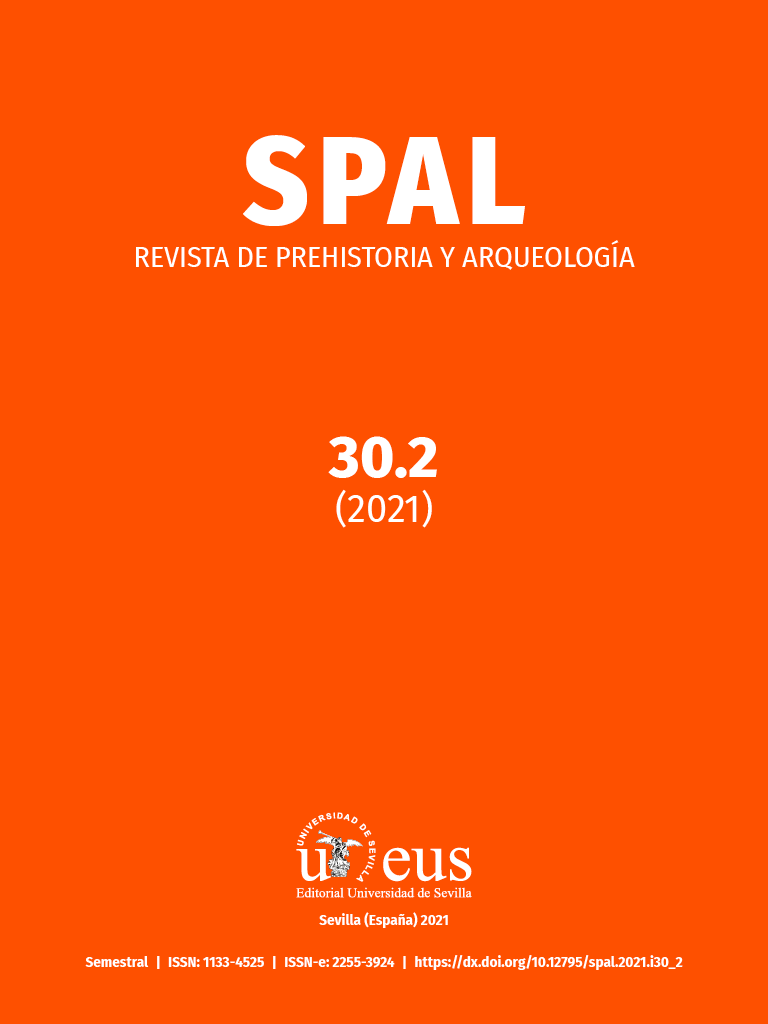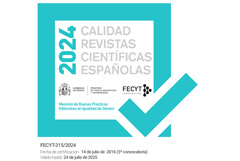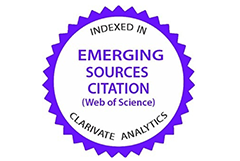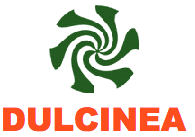The manufacturing process of Mesopotamian bevelled rim bowls. New contributions from experimental archaeology
DOI:
https://doi.org/10.12795/spal.2021.i30.19Keywords:
Mesopotamia, Late Chalcolithic period, pottery, mould, breadAbstract
Bevelled rim bowls (BRB) are a sign of identity of the Uruk culture during the second half of the 4th millennium BC in Mesopotamia and of its territorial expansion in other bordering regions of the Near East. However, today we have a poor understanding of both the function of this type of ceramic vessel and the method of production used by the craftsmen of that period. On the basis of morphological and geochemical analysis, the firing temperature, CT observations (Computed Tomography) and the help of experimental archaeology, a new proposal is made for the production process of the bevelled rim bowls with the help of a portable mould.
Downloads
References
Algaze, G. (2004) El sistema-mundo de Uruk. Barcelona: Bellaterra.
Algaze, G. (2008) La antigua Mesopotamia en los albores de la civilización. Barcelona: Bellaterra.
Balfet, H. (1980) “A propos du métier de l’argile: exemple de dialogue entre ethnologie et archéologie”, en Barrelet, M.T. (ed.) L’archéologie de l’Iraq. París: CNRS, pp. 71-82.
Beale, T.W. (1978) “Bevelled-rim bowls and their implications for change and economic organization in the later fourth millennium”, Journal of Near Eastern Studies, 37, pp. 289-313.
Berg, I. (2008) “Looking through pots: recent advances in ceramics X-radiography”, Journal of Archaeological Science, 35 (5), pp. 1177-1188.
Bernbeck, R. (2009) “Class conflict in ancient Mesopotamia”, Anthropology of the Middle East, 4, pp. 33-64.
Butterlin, P. (2018) Architecture et société au Proche-Orient ancien. París: Picard.
Carr, C. (1990) “Advances in ceramic radiography and analysis: Applications and potentials”, Journal of Archaeological Science, 17, pp. 13-34.
Chazan, M.y Lehner, M. (1990) “An ancient analogy: pot baked bread in ancient Egypt and Mesopotamia”, Paléorient, 16, pp. 21-35.
Crüsermann, N., van Ess, M., Hilgert, M. y Salje, B. (eds.) (2019) Uruk: First City of the Ancient World. Los Angeles: Getty Publications.
Daszkiewicz, M., van Ess, M., y Schneider. G. (2012) “Pottery and clay from Uruk, Southern Iraq. Laboratory analysis of pottery fabrics from the Late Uruk to the Seleucid Period”, Zeitschrift für Orient-Archäologie, 5, pp. 90-102.
Faivre, X. (2009) “Rations et notion de capacité standard dans la céramique du Proche-Orient”, Cahiers des thèmes transversaux ArScAn, 9, pp. 305-319.
Finet, A. (1975) “Les temples sumériens du Tell Kannâs”, Syria, 52, pp. 157-174.
Finet, A. (ed.) (1982) Lorsque la royauté descendit du ciel… Les fouilles belges du Tell Kannâs sur l’Euphrate en Syrie. Mariemont: Musée Royal de Mariemont.
Goulder, J. (2010) “Administrator’s bread: an experiment-based re-assessment of the functional and cultural role of the Uruk bevel-rim bowl”, Antiquity, 84, pp. 351-362.
Hopkinson, B. (2007) “The bevelled rim bowls of Mesopotamia 4000-3000 B.C. and briquetage as molds for draining and drying salt”, en Figuls, A. y Weller, O. (eds.) 1ª Trobada Internacional d’Arqueologia envers l’explotació de la sal a la Prehistória i Protohistória, Archaeologia Cardonensis, 1. Cardona: Institut de recerques envers la Cultura, pp. 47-51.
Jamieson, A. S. (1989-1990) “Experiments in the manufacture of ancient Near Eastern pottery”, The Artefact, 13, pp. 12-27.
Johnson, G. A. (1973) Local exchange and early state development in Southwestern Iran. Ann Arbor: University of Michigan.
Kahl, W.A Ramminger, B. (2012) “Non-destructive fabric analysis of prehistoric pottery using high-resolution X-ray microtomography: a pilot study on the late Mesolithic to Neolithic site Hamburg-Boberg”, Journal of Archaeological Science, 39, pp. 2206-2219. https://doi.org/10.1016/j.jas.2012.02.029
Karl, S., Jungblut D., Mara, H., Wittum, G. y Krömker, S. (2014) “Insights into manufacturing techniques of archaeological pottery: Industrial X-ray computed tomography as a tool in the examination of cultural material”, en Martinón-Torres, M. (ed.) Craft and science: International perspectives on archaeological ceramics. Doha: Bloomsbury Qatar Foundation, pp. 253-261. http://dx.doi.org/10.5339/uclq.2014.cas.ch27
Kalsbeek, J. (1980) “La céramique de série du Djebel Aruda (à l’époque d’Uruk)”, Akkadica, 20, pp. 1-11.
Le Brun, A. (1980) “Les écuelles grossières. État de la question”, en Barrelet, M.T. (ed.) L’archéologie de l’Iraq. París: CNRS, pp. 59-70.
Lindahl, A. y Pikirayi, I. (2010) “Ceramics and change: an overview of pottery production techniques in northern South Africa and eastern Zimbabwe during the first and second millennium AD”, Archaeological and Anthropological Sciences, 2, pp. 133-149. https://doi.org/10.1007/s12520-010-0031-2
Liverani, M. (1998) Uruk. La primera ciudad. Barcelona: Bellaterra.
Margueron, J. C. (2013) Cités invisibles. La naissance de l’urbanisme au Proche-Orient ancien. París: Geuthner.
Márquez, I. (2009) “Pain, bière et la culture d’Uruk. De Gilgamesh au bol à bord biseauté”, en Barreyra, D.A y del Olmo Lete, G. (eds.) Reconstructing a Distant Past. Ancient Near Eastern. Essays in Tribute to Jorge R. Silva Castillo. Sabadell: Ausa, pp.133-146.
Montero, J. L. (2011) “Le site urukéen de Tell Humeida au Moyen Euphrate syrien. Premières recherches archéologiques”, Res Antiquitatis, 2, pp. 205-216.
Montero, J. L. y Sanjurjo, J. (2016) “Nuevas investigaciones sobre la cerámica de Uruk en el Medio Éufrates sirio: los cuencos con borde biselado o bevelled rim bowls. Resultados preliminares”, Aula Orientalis, 34, pp. 293-311.
Pollock, S. (2012) “Politics of food in early Mesopotamia centralized societies”, Origini, 34, pp. 153-168.
Porter, A. (2012) Mobile pastoralism and the formation of Near Eastern civilizations. Cambridge: Cambridge University Press.
Rothman, M.S. (ed.) (2001) Uruk Mesopotamia and its neighbors. Santa Fe: School of American Research Press.
Rye, O.S. (1988) Pottery technology. Principles and Reconstruction, Manuals on Archaeology, 4. Washington DC: Taraxacum.
Sanjurjo, J., Montero, J.L., Prudêncio, M.I., Barrientos, V., Marques, R. y Dias M.I. (2016) “Geochemical study of beveled rim bowls from the Middle Syrian Euphrates sites”, Journal of Archaeological Science Reports, 7, pp. 808-881. https://doi.org/10.1016/j.jasrep.2016.02.018
Sanjurjo, J., Kaal, J. y Montero, J.L. (2018a) “Organic matter from bevelled rim bowls of the Middle Euphrates: Results from molecular characterization using pyrolysis-GC–MS”, Microchemical Journal, 141, pp. 1-6. https://doi.org/10.1016/j.microc.2018.05.001
Sanjurjo, J., Montero, J.L. y Polymeris, G.S. (2018b) “Technological aspects of Mesopotamiam Uruk pottery: estimating firing temperatures using mineralogical methods, thermal analysis and luminescence techniques”, Archaeological and Anthropological Sciences, 10, pp. 849-864. https://doi.org/10.1007/s12520-016-0409-x
Sanjurjo, J., Montero, J.L., Barrientos, V. y Polymeris, G.S. (2018c) “Assessing the firing temperature of Uruk pottery in the Middle Euphrates Valley (Syria): Bevelled rim bowls”, Microchemical Journal, 142, pp. 43-53. https://doi.org/10.1016/j.microc.2018.06.009
Stephen, F. y Peltenburg, E. (2002) “Scientific analyses of Uruk ceramics from Jerablus Tahtani and other Middle-Upper Euphtrates sites”, en Postgate, J.N. (ed.) Artefacts of Complexity: tracking the Uruk in the Near East. Cambridge: British School of Archaeology in Iraq, pp. 173-190.
Strommenger, E. (1980) Habuba Kabira. Eine Stadt vor 5000 Jahren. Mainz am Rhein: Verlag Philipp von Zabern.
Shneider, G. y Daszkiewicz, M. (2019) “Clay, loam, and ceramics in Mesopotamia”, en N. Crüsemann et al. (eds.) Uruk. First city of the ancient world. Los Angeles: Getty Museum, pp. 232-233.
Contribución Autores
Los dos autores han participado por igual en todas las tareas de la investigación de este proyecto de arqueología experimental.
Published
How to Cite
Issue
Section
License
Copyright (c) 2021 SPAL - Revista de Prehistoria y Arqueología

This work is licensed under a Creative Commons Attribution-NonCommercial-NoDerivatives 4.0 International License.









